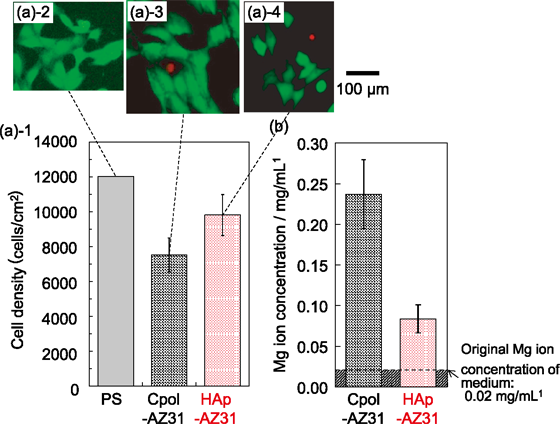All issues

Predecessor
Volume 86, Issue 8
Displaying 1-5 of 5 articles from this issue
- |<
- <
- 1
- >
- >|
Current Topics
-
Asako ISHIHARA2013 Volume 86 Issue 8 Pages 285-289
Published: August 20, 2013
Released on J-STAGE: November 20, 2013
JOURNAL FREE ACCESSThe “Landscape Act” of Japan, effective from 2005, is the first act aimed at controlling the scenery in towns and villages. The Landscape Act regulates the color, design, form, and size of buildings and structures in order to create good-looking cities and towns.
Since the introduction of the Landscape Act most municipalities are creating their original Landscape plans and working to maintain beautiful scenery in their area.
We will report the color trend of large buildings and color planning after the Landscape Act through the result of exterior color research on condominium buildings from our study of color planning.View full abstractDownload PDF (1372K)
Review
-
Koshiro SATO, Md. Anamul HAQUE, Gen KAMITA, YouFeng YUE, Takayuki KURO ...2013 Volume 86 Issue 8 Pages 290-294
Published: August 20, 2013
Released on J-STAGE: November 20, 2013
JOURNAL FREE ACCESSA lot of animals and plants have structural color consisted of ordered structure. Recently attempts to introduce this ordered structure into polymer are attracting extensive attention in the field of sensor. We pay attention to dodecylglyceryl itaconate (DGI) that can form periodically ordered bilayer structure in water. This review describes synthesis, anisotropic structure and mechanical properties, and stress/straininduced change in structural color of a photonic hydrogel with ordered structure consisting of DGI and acrylamide.View full abstractDownload PDF (2783K) -
Sachiko HIROMOTO2013 Volume 86 Issue 8 Pages 295-300
Published: August 20, 2013
Released on J-STAGE: November 20, 2013
JOURNAL FREE ACCESSMagnesium (Mg) alloys have attracted attention as a bioabsorbable metallic material for bone fixation devices and stents which show higher strength than conventional biodegradable polymer devices. Various calcium phosphate compounds have been examined for coating Mg alloys to improve the corrosion resistance and biocompatibility. However, poor corrosion resistance of Mg alloys prevents the formation of a desired calcium phosphate compound, especially hydroxyapatite (HAp), on Mg alloys by a solution deposition method. The authors developed a novel chemical solution deposition method to form HAp and other calcium phosphate coatings on Mg alloys. In this paper, the HAp coating method for Mg alloys is explained, and the Mg-ion release behaviour, cell behaviour in a short term culture, adhesiveness of HAp coating and fatigue behaviour of a HAp-coated Mg alloy are introduced. Fig. 4 Fullsize ImageView full abstractDownload PDF (1790K)
Fig. 4 Fullsize ImageView full abstractDownload PDF (1790K)
Serial Lecture
-
Hidetoshi YAMABE2013 Volume 86 Issue 8 Pages 301-305
Published: August 20, 2013
Released on J-STAGE: November 20, 2013
JOURNAL FREE ACCESSThe relationship between surface treatment of stainless steel and adhesion durability was reviewed. It was found that the formation of primary bond between the chromium oxide and the adhesive by surface treatments can enhance the adhesion durability in a humid environment.View full abstractDownload PDF (1151K)
-
Yasuo IZUMI2013 Volume 86 Issue 8 Pages 306-310
Published: August 20, 2013
Released on J-STAGE: November 20, 2013
JOURNAL FREE ACCESSPhotocatalysts have been studied for the applications to decompose dye molecules and volatile organic compounds. Recently, photocatalysts are intensively studied for the possibility to split water and photofuel production. In this article, examples of analyses using ultraviolet-visible spectroscopy, high-resolution electron microscopy, X-ray diffraction, and X-ray absorption near-edge structure are shown. In addition to basic analyses, Fourier-transform infrared, gas choromatography-mass spectrometry, extended X-ray absorption fine structure, and density functional calculations are important for the development and design of (photo) catalysts.View full abstractDownload PDF (3425K)
- |<
- <
- 1
- >
- >|